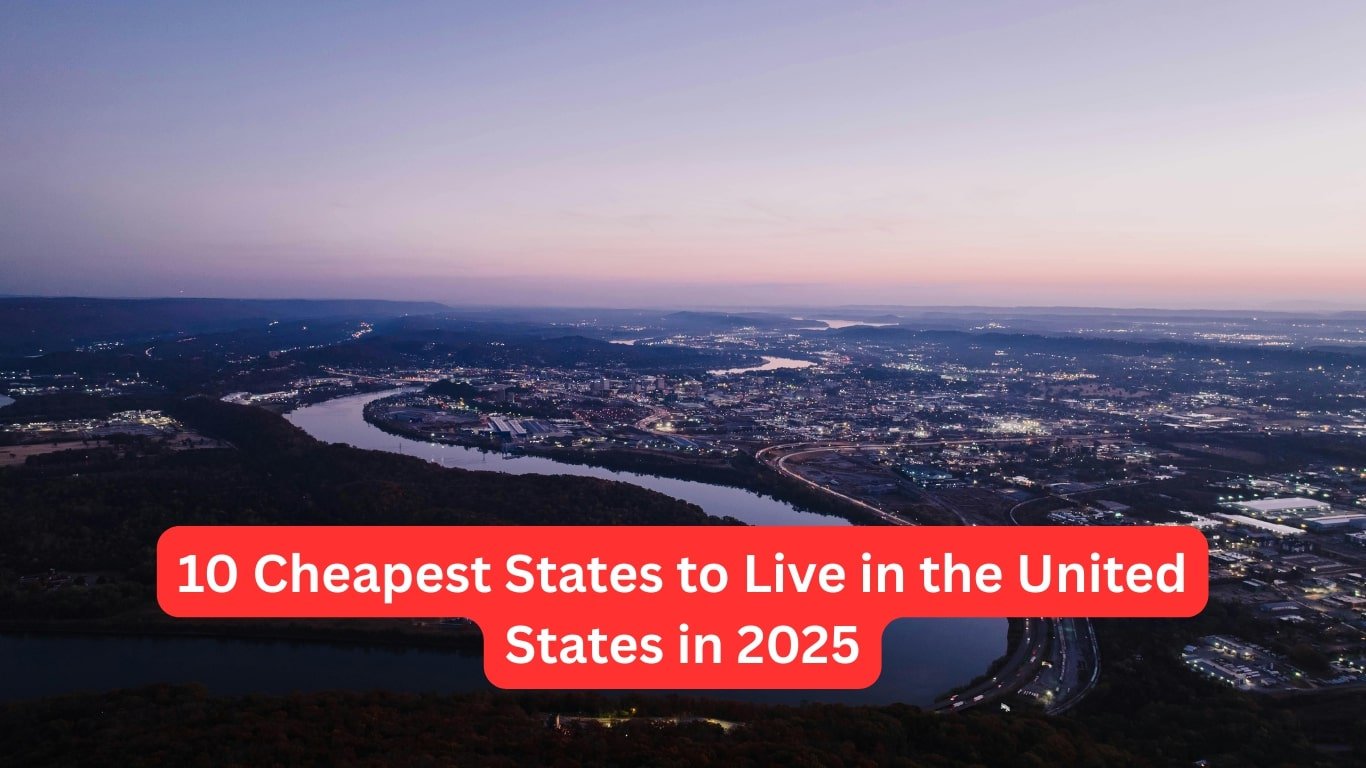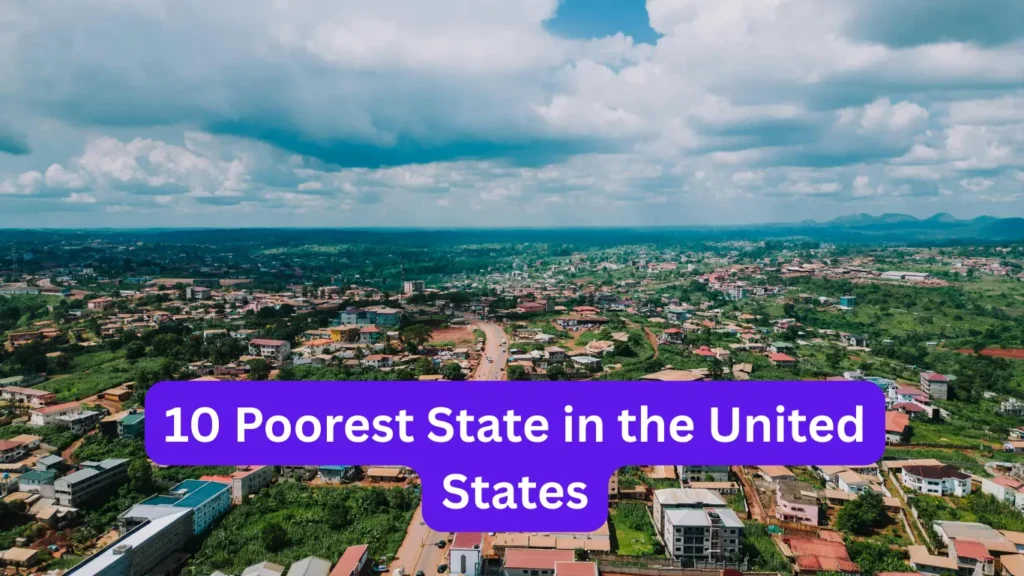When it comes to choosing a place to live, affordability is one of the most important factors for many Americans. Housing costs, taxes, healthcare, and day-to-day expenses can vary drastically across the country. Some states manage to keep the cost of living low while still offering a good quality of life, making them attractive options for individuals, families, and retirees alike.
Below are the 10 cheapest states to live in the U.S. in 2025, based on housing prices, utilities, food, transportation, and healthcare costs.

1. Mississippi
Mississippi consistently ranks as the most affordable state in the U.S. thanks to extremely low housing costs and a cost of living well below the national average. The median home price is among the lowest in the country, and groceries, utilities, and transportation are all budget-friendly. The warm climate and slower pace of life also appeal to many residents.
2. Arkansas
Arkansas offers a low overall cost of living, with affordable housing being its strongest advantage. The state’s scenic landscapes—from the Ozark Mountains to the Hot Springs—provide a pleasant environment at a fraction of the cost found in other states. Utility bills and healthcare expenses are also lower than average, making it a great choice for retirees.
3. Oklahoma
Oklahoma combines low housing prices with inexpensive utilities, fuel, and groceries. The state’s central location makes it convenient for travel, and its diverse economy provides job opportunities in energy, agriculture, and manufacturing. Despite experiencing occasional severe weather, many residents find the low costs and friendly communities worth it.
4. Kansas
Kansas is one of the most budget-friendly states in the Midwest. Housing costs are far lower than the national average, and the state’s low unemployment rate keeps the economy stable. Kansas offers wide-open spaces, small-town charm, and affordable big-city living in places like Wichita and Topeka.
5. Alabama
Alabama offers low property taxes, inexpensive housing, and relatively cheap healthcare. With its mix of coastal areas, rural landscapes, and urban centers, residents can enjoy a variety of lifestyles without overspending. The mild winters also reduce heating costs, adding to overall savings.
6. Georgia
While major cities like Atlanta can be pricier, much of Georgia remains highly affordable, especially in rural and suburban areas. Housing prices outside of metropolitan hubs are well below the national average, and utility costs are reasonable. Georgia also benefits from a strong economy and warm weather.
7. Missouri
Missouri offers low housing costs and affordable groceries, making it a great option for families. Cities like St. Louis and Kansas City provide big-city amenities without the big-city price tag, while rural areas are even more cost-effective. The state’s central location makes travel and business connections easy.
8. New Mexico
New Mexico combines an affordable cost of living with rich cultural heritage and stunning natural landscapes. Housing is inexpensive, and healthcare and utilities are reasonably priced. The mild climate also helps residents save on heating and cooling costs.
9. Tennessee
Tennessee has no state income tax, making it financially appealing to many residents. Housing prices are relatively low, and the state offers a good balance of city and country living. From Nashville’s music scene to the Great Smoky Mountains, Tennessee offers both affordability and culture.
10. Iowa
Iowa offers some of the lowest housing costs in the Midwest along with affordable healthcare and groceries. Known for its friendly communities and safe neighborhoods, Iowa is a practical choice for families and retirees who want a low-cost lifestyle with a high quality of life.
Why These States Are Affordable
Several factors contribute to these states’ affordability:
- Low housing costs — The biggest expense for most households is far cheaper here than in many coastal states.
- Lower taxes — Many states on this list have low property taxes and no or minimal state income tax.
- Affordable essentials — Groceries, healthcare, and utilities tend to cost less due to lower demand, abundant local resources, and smaller urban populations.
- Lower wage expectations — Many of these states have a lower cost of labor, which helps keep service and product prices down.
A Few Things to Keep in Mind
While low living costs are attractive, they’re not the only factor to consider when choosing where to live. Job opportunities, climate, healthcare access, education quality, and cultural amenities all play important roles in quality of life. Additionally, rural areas may have fewer services and require more travel for basic needs.
By weighing these pros and cons, you can find a state that offers both affordability and the lifestyle you desire.
Looking for inspiration for your next trip? Check out our comprehensive guide: 10 Most Desirable International Travel Destinations in the World.
Thinking about a new life abroad? Discover the 10 Best Places to Live in Mexico in 2025.
Need to organize your documents and photos? Use PicsInToPdf.com to quickly convert your files to PDF and keep your paperwork in order.


